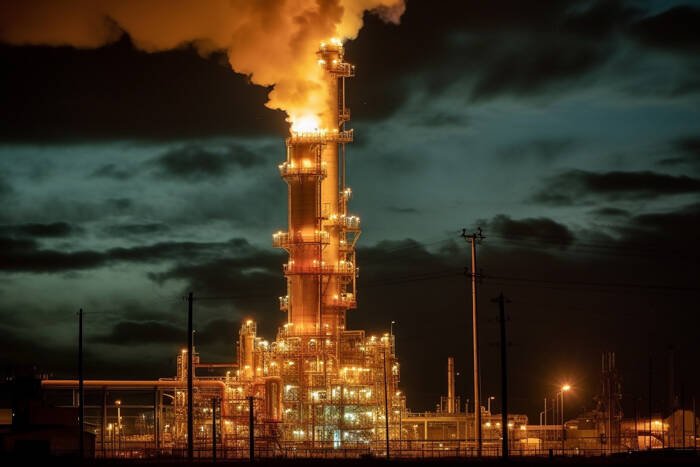[ad_1]
Will Strong U.S. Production and Heavy Storage Weigh Further on Prices?
Last week’s 120 Bcf storage injection—well above the five-year average of 87 Bcf—reaffirmed oversupply concerns. Inventories now sit at 2,375 Bcf, 3.9% above the five-year norm, with the year-on-year deficit narrowing to 12.7%. This marks the second consecutive triple-digit build, keeping downward pressure on prices despite a brief Friday rally.
Dry gas production continues to run hot, averaging 107 Bcf/day in the Lower 48, up nearly 5% from a year ago. The supply surge has overwhelmed infrastructure in key basins; spot prices in the Permian have turned negative, highlighting regional imbalances. Rig counts have dipped modestly, with Baker Hughes reporting two fewer gas-directed rigs last week, but not enough to offset strong output.
How Much Support Can Power Demand and LNG Exports Provide?
Electricity demand ticked up, with output rising 2.5% y/y for the week ending May 17, according to Edison Electric Institute data. NOAA’s early June outlook shows a warmer trend, prompting some short-covering late last week on hopes of higher cooling demand.
However, much of the U.S. remains under mild temperatures. The East and Midwest are still seeing highs in the 50s to 70s, while the West and South remain warm—but not hot enough to trigger significant gas-fired generation. Solar penetration, particularly in the western U.S., continues to erode natural gas’s role in the power mix.
LNG exports and pipeline flows to Mexico remain stable, offering a steady floor, but they are not expanding fast enough to meaningfully alter the domestic supply-demand balance.
Can the 200-Day Moving Average Hold Under Mounting Bearish Pressure?
With trading volumes light due to the holiday and no major developments over the weekend, price action remains subdued. The market is leaning bearish, backed by strong production, hefty storage builds, and mediocre demand. Unless early June heat materializes to boost power burn or production moderates, prices are likely to test support levels more aggressively.
[ad_2]







